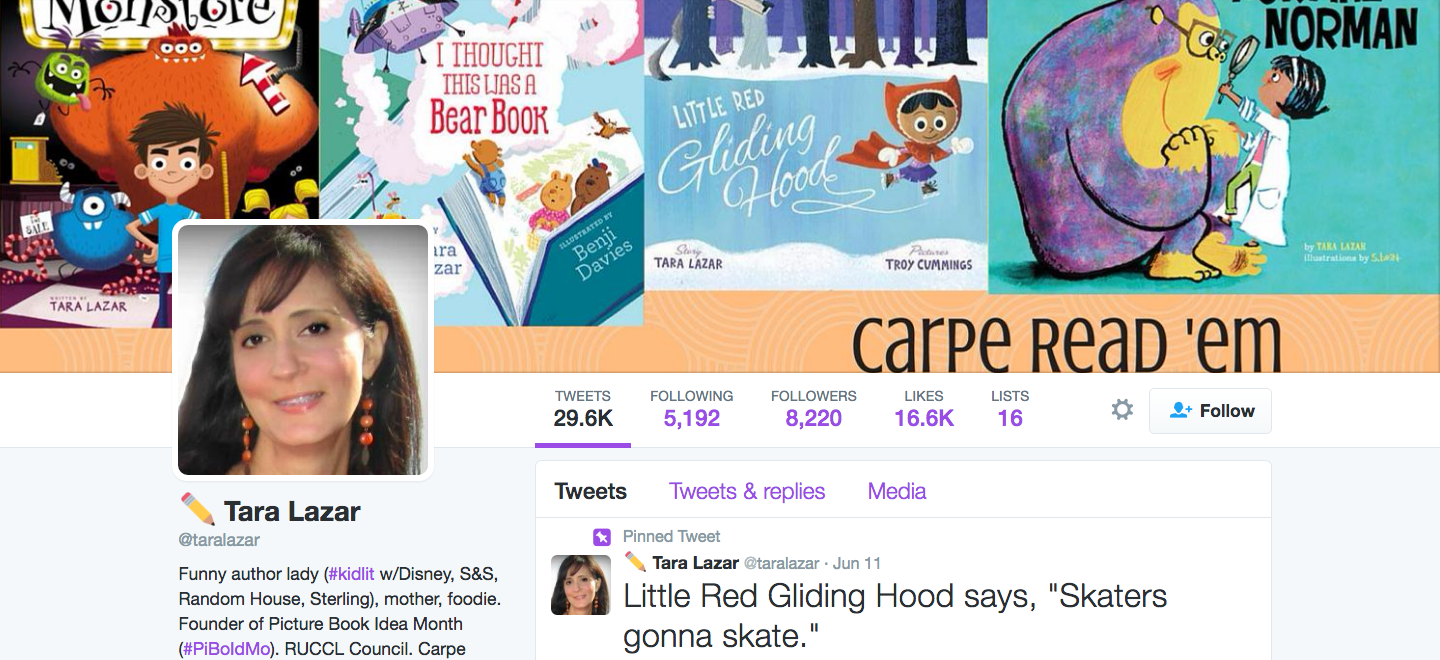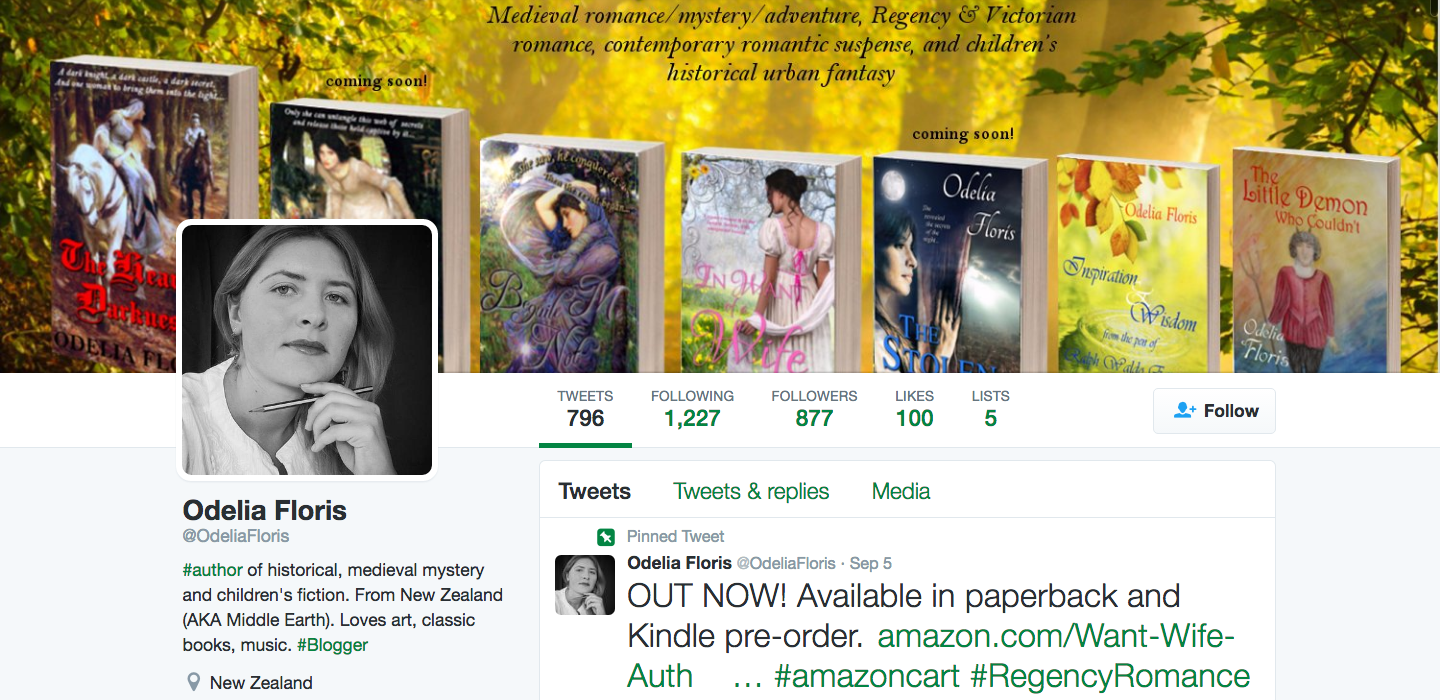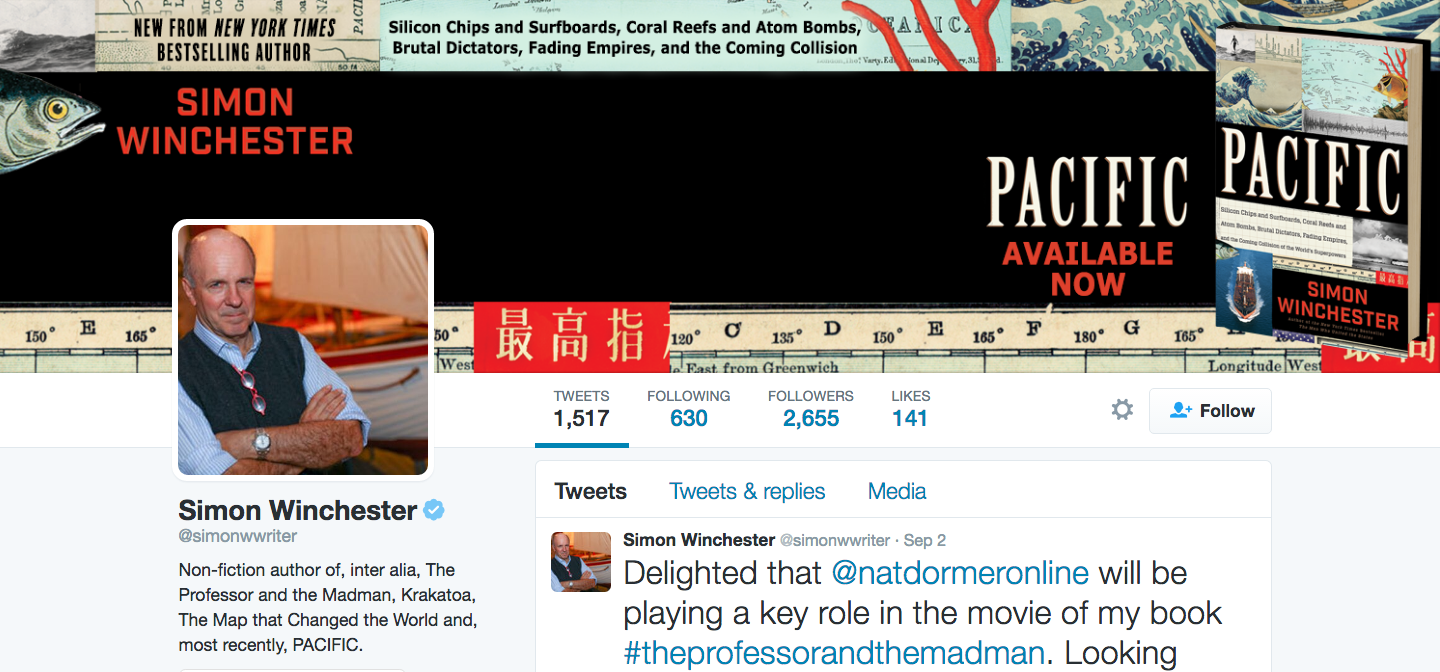Your Guide to Branding Yourself as an Author

You’re an author, why do you need a “brand”? It sounds so corporate and, well, you’re not.
While you may not be a multinational corporation, you do have one thing in common. You’re both selling a product, and you need a positive and engaging image to go with it. Your brand is how you package and present your image, and it’s an essential component of marketing your book. Let’s talk about the why, and how.
Here are additional information for branding yourself as an author. Subscribe to receive this extra resource.
Here’s Why Branding Is Important:
People often find and fall in love with the author way before they read the book. Think of how often you’ve come across an interview with a book author and thought, hmm, I’d love to read that book.
Or consider the contemporary authors that you know now. What do you believe about them? What makes you want to buy their books again and again? Sure, the premise of the story may be interesting, but that’s probably not enough to push you over the buying edge.
And stripping away peer recommendations, what makes that author relatable, interesting and worthy of taking a chance on?
If I could distill it to a one-word answer, I would say, “presentation”. Otherwise, how will people know about you, care about you and want to buy your book?
Sure, you can eventually build a following through the power of referral, but how do you reach those first few readers who’ll pick up your book and give it a chance?
The answer is: Through exceptional branding.
Branding is both how you present your books to the public and yourself as a writer. It’s also what people think and believe about you.
Your Brand is Your Reputation
Jeff Bezos put it best when he said, “A brand is what other people say about you when you’re not in the room.”
For example, I can describe Stephen King (he’s not here, right?) in three words: imaginative, gripping, suspenseful. I don’t know him personally, but that’s his brand, or reputation. You know that when you pick up one of his books, that’s pretty much the experience that you’ll receive.
So, bringing it back to you, which three words do you want people to associate with you? This will serve as the foundation of your brand and will attract the right audience to you.
By the way, this is exactly what publishers do for their authors. But if you’re self-published or even if you’re hoping to get a publishing deal, you can still benefit by taking control of your image instead of allowing someone else to do it for you.
Your Brand Will Help You Sell Books
Branding is necessary if you’re serious about selling books.
But, keep in mind that even if you aren’t intentionally creating a “brand,” you’re still leaving an impression with your current and prospective audience.
Be intentional.
You should craft an identity that accurately represents who you are.
Your brand message must be relatable to your audience and compelling.
Your brand will represent you (and your books) everywhere, from the book jacket to your social media style.
Another benefit of branding?
Branding helps you cultivate name recognition, which is particularly helpful for when you’re ready to sell your next book. And because people will know what to expect from you, they’ll be happy to buy from you. What a win.
Actionable Tips to Create Your Author Brand
Now, let’s talk about how to brand yourself.
Start Here
Understand who you and what message you want to convey to your audience.
Assuming you want to be a full-time writer, you’ll need to think about this strategically. Start by answering the following:
What genre do you write within? Most writers stay within one genre, whether that’s young adult, sci-fi, romance, etc. Start by pinpointing the one genre.
Who’s most likely to read your writing and why? What type of reader will have a natural affinity to your writing? Understanding this will help you better target that demographic.
How are you different from everyone else? Identify others in your genre and then describe what makes you different from them. Perhaps, it’s your experience or the way you craft a story (unique perspectives or points of view).
From here, you can start crafting a broad idea of who you are as a writer, and pinpoint who is most likely to read the stories you have to tell.
Create a Style Guide
Create a style guide. So, this may sound like it’s coming out of left field, but a big part of your branding will be visual. You’ll need to use colors, fonts, images and other visual elements to quickly convey who you are. These visual elements can say:
“I’m whimsical”

Or “I’m romantic”

Image Courtesy of Odelia Floris
Or “I’m serious”

Image Courtesy of Simon Winchester
As you may have noticed, I used Twitter accounts for each of the above examples. This is one way you can carry your visual branding beyond book covers and into the different platforms where you may interact with your readers.
Other places include:
Facebook - especially if you use Facebook ads to market your book
YouTube - for book trailers, interviews and author discussions
Message boards - where you’ll interact with other authors.
One place where you need strong branding will be on your website, for sure. Your website is your home base, and it should include a consistent and cohesive brand identity.
So, to do that, make sure that you create a style guide (it can be a one-page reference) where you decide what colors you’ll use consistently throughout your visual branding. Here are few elements to include in your style guide:
- The exact colors, or hex # (This website may help.)
- The types of fonts (Check out DaFont or Font Squirrel for a wide collection of images)
- The types of images you’ll use on social media, your website, blog and downloads (define the tone, style and message of these images)
Create a Logo
Now, it’s time to create a logo for your brand. Logos are helpful identification markers for your website (you’ll probably use it as part of your heading and as your favicon), but you can also use your logo in other places such as:
- Your social media profiles
- Membership profiles
- Business cards
- Stationery
- Other printed materials
Your logo can help people immediately recognize you no matter where you are online and off.
Create a Headshot
A big part of creating an author brand is to actually share an image of yourself.
Groan away, but this is one of the best ways to build an emotional connection to your readers. Remember that it’s human nature. People like to put a face with the name. So, even if you think you’re not photogenic, it’s time to get a professional headshot. You’ll use this everywhere in your branding, from your website to your social media profiles and your book signings.
But what to do if you simply don’t have the budget to hire a photographer to take a professional headshot of you? I’ve got you covered. Here’s an in-depth guide to taking your own headshot.

Create a Tagline
Craft a one-sentence tagline that demonstrates what you believe, what you write about, or who you are. You’ll use this tagline to introduce yourself at mixers, and even on social media as your easy-to-digest bio.
To determine the right tagline, pick out what theme appears most often your work. This is a part of your branding that can help guide the right audience to you. And your tagline becomes especially important if you’re hoping to be found through organic searches on social media. Use keywords that help people find you such as “horror” or “magical realism” or “YA (young adult)”.
Here’s an example: I write YA stories with elements of snark and vulnerability.
Create a Website
If you don’t have a website already, it’s definitely time to get on it. You need, at the very least, a domain name (preferably YourName.com or even YourNameAuthor.com) and a one-page website that welcomes interested visitors to follow you on social media.
Spend some time curating a decent website. Here’s your chance to introduce yourself, ingratiate yourself to your readers and offer insight into your writing that only you can provide.
Yes, you’ll need to write about yourself on your website. And I know it’s tough. I recommend writing in first person because you’re writing for the web, and it creates a stronger person-to-person connection with your site visitors.
You can also highlight your current novel, discuss the premise and how you came up with it, offer the first chapter of your novel for download (hey, Amazon does it), or even include a video trailer of your book.
Create a Media Kit
As an author with a website, you need a media kit, also known as a press kit. This kit is a crucial element to marketing because it provides all the information reporters, bloggers and interviewers will need to know before promoting your work.
Your media kit will reside prominently on your website, available online and in downloadable PDF form. Within your media kit, you’ll include the following:
- Your bio
- A professional headshot
- A press release of your book
- A brief synopsis of your book
- Contact information
Your media kit shouldn’t overwhelm with too much information. Keep it brief and only discuss topics that your interviewers would actually care to know. You’ll also want to check with your style guide to make sure that your media kit is consistent with the rest of your branding.
Final Thoughts
Even if you don’t do anything at all, you’re still earning a reputation as a writer, so why not get in front of it and create the reputation you want? Use the above tips to help you get started.
Here are additional information for branding yourself as an author. Subscribe to receive this extra resource.




